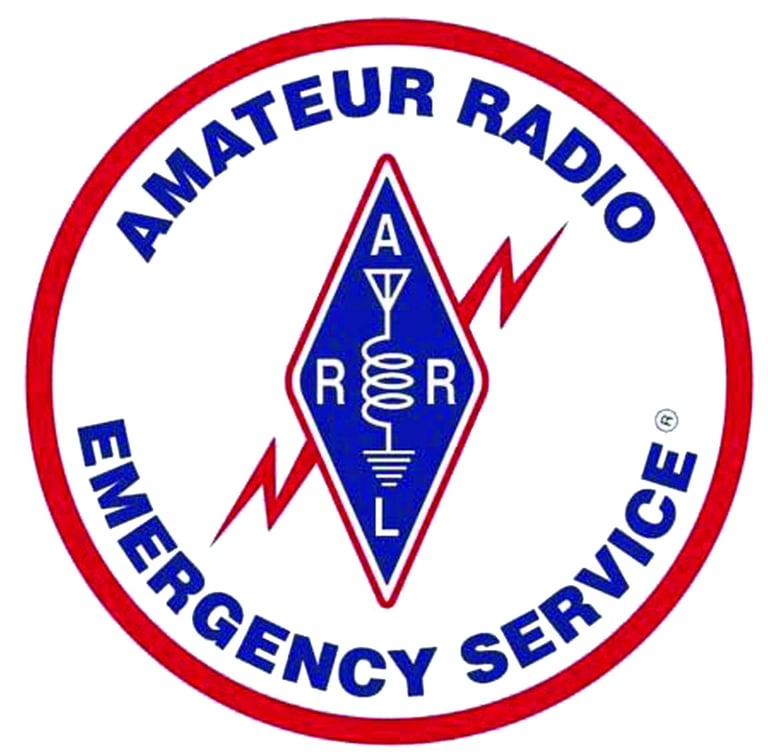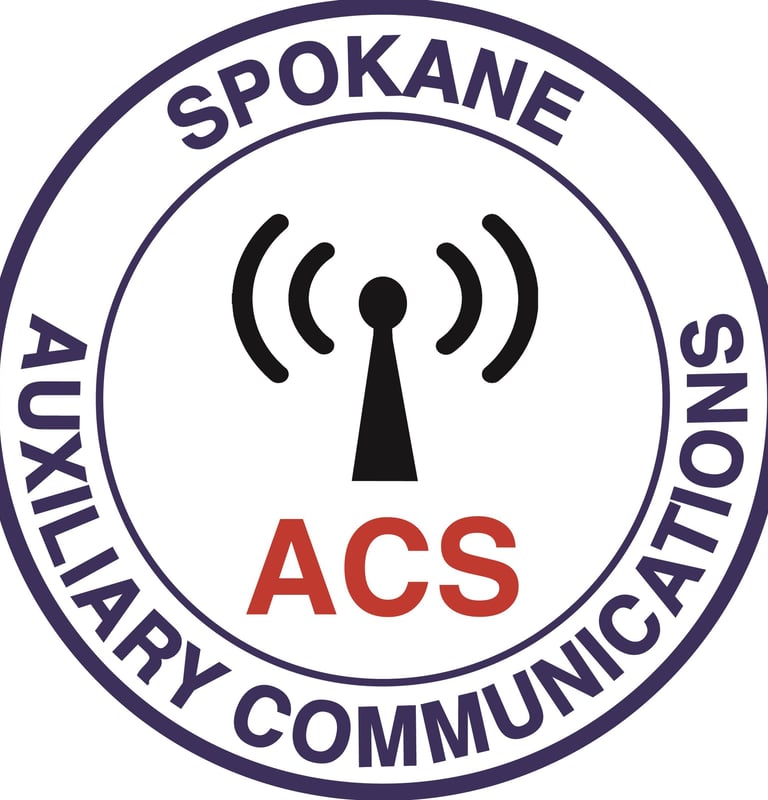Standing Operational Procedure 1a
What to do if something happens and you haven't received instructions from your Emergency Coordinator (EC) or Agency Having Jurisdiction (AHJ) (pdf)
Eastern Washington Section
Standing Operational Procedure 1a
September 30, 2025
Objective: Identification of procedures and actions in the event of any emergency to be taken in the absence of official notification or deployment.
Purpose: One of the most critical needs when an emergency occurs is to identify what the nature of the emergency is and the extent of the emergency. Any information is helpful if it identifies the extent of the emergency. Amateur radio can be particularly helpful because it can function even if other modes of communication cannot. In addition, Amateur radio has tools which identifies useful information and bundles it in a coherent manner, particularly the Field Situation Report, the Washington State Field Situation Report, the Did You Feel It Report (DYFI) (for earthquakes), and weather reports. These reports are available on the Winlink system which uses amateur radio to send email without the need for an internet connection.
Notice: Nothing in this procedure is meant to suggest that anyone becomes first responders if a disaster strikes – Amateur Radio Emergency Service (ARES) is an auxiliary support function. We should always do what our local Emergency Management Agency requests we do. However, don’t sit around waiting for someone to tell you what to do. The following is a standing operating procedure for all ARES/AUXCOM/RACES groups when events occur that may disrupt communications.
Actions:
When higher authority is present, follow their directions. In the absence of direction by higher authority, individual amateur radio operators should do the following to the best of their ability and capability from their location:
A. When any emergency happens, turn on your HF rig. First on is Net Control and starts a net on 3985/3990/3995 KHz and does the following:
1. Take roll call of all stations
2. Request all stations send to their local Emergency Management (EM) Agency, their Emergency Coordinator (EC), their District EC and EWA SEC (AG7QP) a Washington State Field Situation Report along with the following:
a. For an earthquake, send a Did You Feel It (DYFI) report, including USGS as addressee.
b. For a weather event, send the appropriate weather report, including the National Weather Service as addressee.
3. Establish a schedule for check-in depending on the situation (suggested every even hour on the hour).
4. This is just an information gathering function.
5. Net control should request a volunteer for the next step.
B. Establish a net on 7245/7250/7255 KHz (40 m WSEN frequencies)
1. Repeat the above steps.
2. Establish a schedule for checking in depending on the situation (suggested every odd hour on the hour).
C. Establish a net on the KBARA repeater system.
1. Repeat the above steps
2. Establish a schedule for checking in depending on the situation (suggested every even hour on the half hour).
D. Nothing in the above is to interfere with assignments from your EM agency.
1. It is designed to collect and distribute reliable information to our EM agencies and each other.
2. No one is being asked to leave their homes or travel.
3. The Washington State Field Situation Report and DYFI reports require Winlink – encourage your members to have operational Winlink rigs.
4. Finally, personal and family safety is your priority before anything else.
ARES - ACS Procedures
I am Safe Messaging
I am Safe is a suite of documents and software that can assist in the transmission of welfare related messages from a disaster area. This material was developed as a cooperative effort between the Seattle Emergency Communication Hubs (http://seattleemergencyhubs.org/), Seattle Auxiliary Communication Service (ACS) (https://www.seattleacs.org/), Radio Relay International (radiorelay.org) and the Winlink Development Team (winlink.org). The Northwest Washington American Red Cross provided additional input with regard to the development of short message texts.
Description/Operation Manual
Intake Form
Contact Frank Hutchison, frank.hutchison@comcast.net, for the full set of files - too large to put on this website.
Spokane County EmComm
A general summary of the Spokane County Amateur Radio Emergency Service (ARES) and the Auxiliary Communication System (ACS) with helps for qualifying.
Amateur Radio Emergency Service (ARES)


Consists of licensed amateurs who have voluntarily registered their qualifications and equipment, with their local ARES leadership, for communications duty in the public service when disaster strikes. Sponsored by the American Radio Relay League (ARRL). These volunteers serve in community events as well as providing ground truth observances for the National Weather Service and Spokane County Emergency Management.


Auxiliary Communication System (ACS)
Consists of licensed amateurs who have voluntarily registered their qualifications and equipment and undergone a background check, with their local county Emergency Management, for communications duty in the public service when disaster strikes. These volunteers can operate in sensitive areas such as emergency operations centers, incident command posts, hospitals and shelters.
You can obtain the ARES Task Book as a Word file or a Fillable PDF (Click on the link). The ACS Task Book is a Word file (Click on the link).
You are encouraged to print the task books and put them in a three-ring binder. As you complete each requirement, note the date, get the sign off and save any documentation in the binder, preferably just after the pages for the level.
EmComm
Your source for emergency communication information in the Inland Northwest.
Administrator
Frank E Hutchison
AG7QP/WRDI529
509-434-4880
© 2025. All rights reserved.
